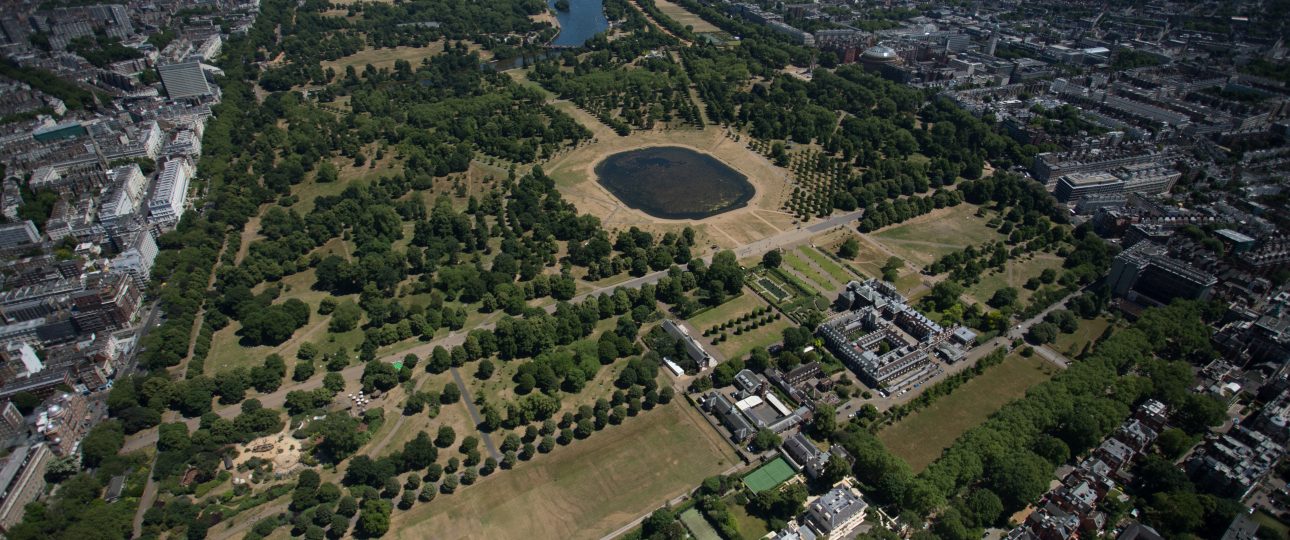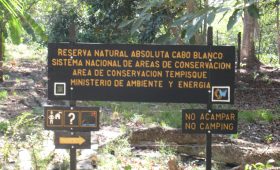Introduction to Hyde Park
Hyde Park is a historic and expansive green space in central London, covering 351 acres. It is a Grade I listed park, renowned for its blend of natural beauty and cultural landmarks. Adjacent to Kensington Gardens, Hyde Park offers a seamless experience of London’s royal parks, making it a significant destination for both locals and visitors.
Historical Significance
Hyde Park has a rich history dating back to the 16th century. Originally a hunting ground for King Henry VIII, it has evolved into a public park that has played host to numerous historical events and gatherings.
- Royal Connections: Opened to the public in 1637 by Charles I, Hyde Park has been a venue for royal ceremonies and public events.
- Speakers’ Corner: Established in the 19th century, this area is famous for its tradition of free speech and public debate.
- Historical Events: The park has witnessed significant events, including military executions in the 18th century and fortifications during the English Civil War.
Unique Features of Hyde Park
Hyde Park stands out for its combination of natural landscapes and cultural significance. Here are some of its notable features:
The Serpentine Lake
The Serpentine is a 40-acre lake offering opportunities for boating and swimming. Its scenic views, especially at sunset, provide a tranquil escape from the city’s hustle.
Beautiful Gardens
- Rose Garden: This garden is a fragrant haven with thousands of roses, blooming vibrantly in the summer.
- Italian Gardens: Created in the 1860s, these gardens feature elegant fountains and are ideal for a leisurely walk.
Art and Culture
The park is home to several sculptures and monuments, including the Peter Pan Statue and the Albert Memorial, adding a cultural layer to the park’s appeal.
Things to Do in Hyde Park
Hyde Park offers a variety of activities for visitors:
- Boating on the Serpentine: Rent a rowboat or paddle boat for a relaxing time on the water.
- Cycling: Explore the park’s designated cycling paths.
- Picnicking: Enjoy a picnic on the park’s expansive lawns.
- Attend Events: The park hosts concerts, festivals, and outdoor cinema screenings throughout the year.
Best Time to Visit
Hyde Park is delightful year-round, but the best time to visit is from April to September when the weather is pleasant and the gardens are in full bloom. Each season offers its own unique charm:
- Spring: Enjoy the blooming daffodils and cherry blossoms.
- Summer: Experience lively outdoor events and concerts.
- Autumn: Witness the stunning fall foliage around the Serpentine.
- Winter: Enjoy a quieter, serene atmosphere.
How to Get There
Hyde Park is easily accessible due to its central location:
- By Tube: The nearest stations are Hyde Park Corner, Lancaster Gate, and Marble Arch.
- By Bus: Numerous bus routes serve the area.
- On Foot: Walking to the park is a great way to explore central London.
Local Transportation
Getting around Hyde Park is straightforward:
- Walking: The best way to appreciate the park’s beauty is on foot.
- Cycling: Rent bicycles from nearby stations.
- Segway Tours: Join a Segway tour for a fun exploration of the park.
Food and Dining Options
Hyde Park is surrounded by diverse dining options:
- Cafés: Enjoy light snacks and refreshments at the park’s cafés.
- Restaurants: Explore nearby areas like South Kensington and Bayswater for a variety of dining experiences.
- Picnic Supplies: Purchase supplies from nearby shops for an al fresco meal.
Accommodations Near Hyde Park
Staying near Hyde Park offers convenient access to its attractions:
- Luxury Hotels: Consider the Royal Lancaster London for a luxurious stay.
- Mid-Range Options: The Thistle Kensington Gardens offers comfortable accommodations.
- Budget-Friendly Stays: Hostels and budget hotels are available in the surrounding neighborhoods.
Tips for Visiting Hyde Park
Maximize your visit to Hyde Park with these tips:
- Plan Your Day: Allocate ample time to explore the park’s many attractions.
- Check Event Calendars: Look for special events during your visit.
- Stay Hydrated: Bring a water bottle, especially in warmer months.
- Respect the Environment: Follow park rules and dispose of litter properly.
Summary of Key Facts
- Hyde Park covers 351 acres and is a Grade I listed park.
- Originally a hunting ground for King Henry VIII.
- Features the iconic Serpentine Lake and beautiful gardens.
- Offers activities like boating, cycling, and picnicking.
- Best visited during spring and summer, but beautiful year-round.
- Accessible via Tube, bus, and on foot.
- Surrounded by a variety of dining and accommodation options.
- Check for events to enhance your visit.
Conclusion
Hyde Park is a vital part of London’s landscape, offering a mix of history, culture, and natural beauty. Whether you’re relaxing by the Serpentine, exploring the gardens, or engaging in discussions at Speakers’ Corner, Hyde Park provides a rich experience for all who visit. Be sure to include it in your London itinerary for a memorable experience.




